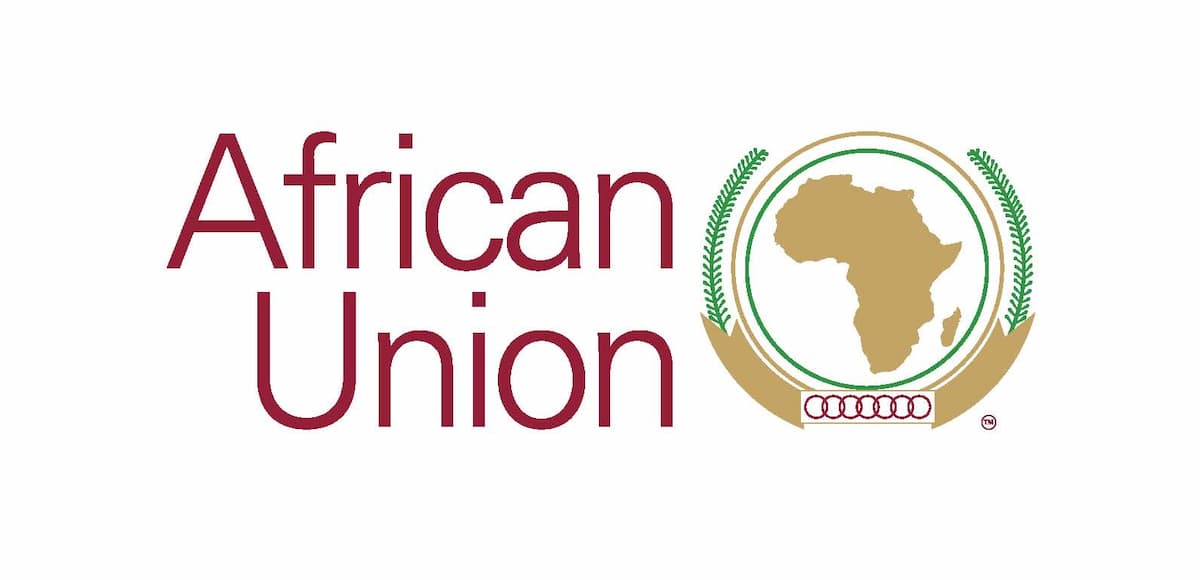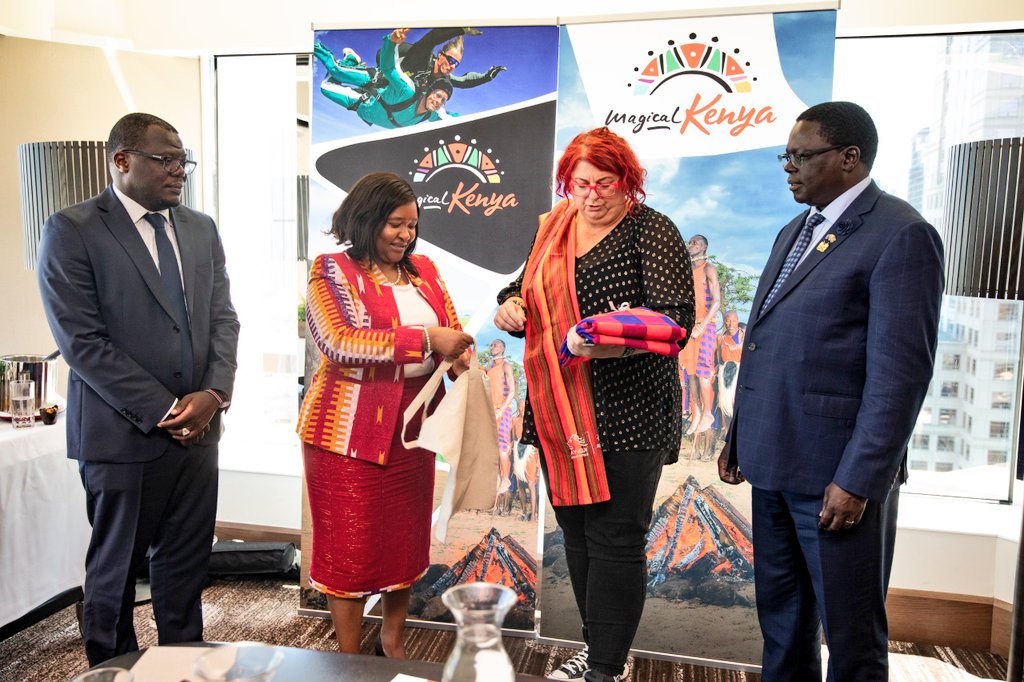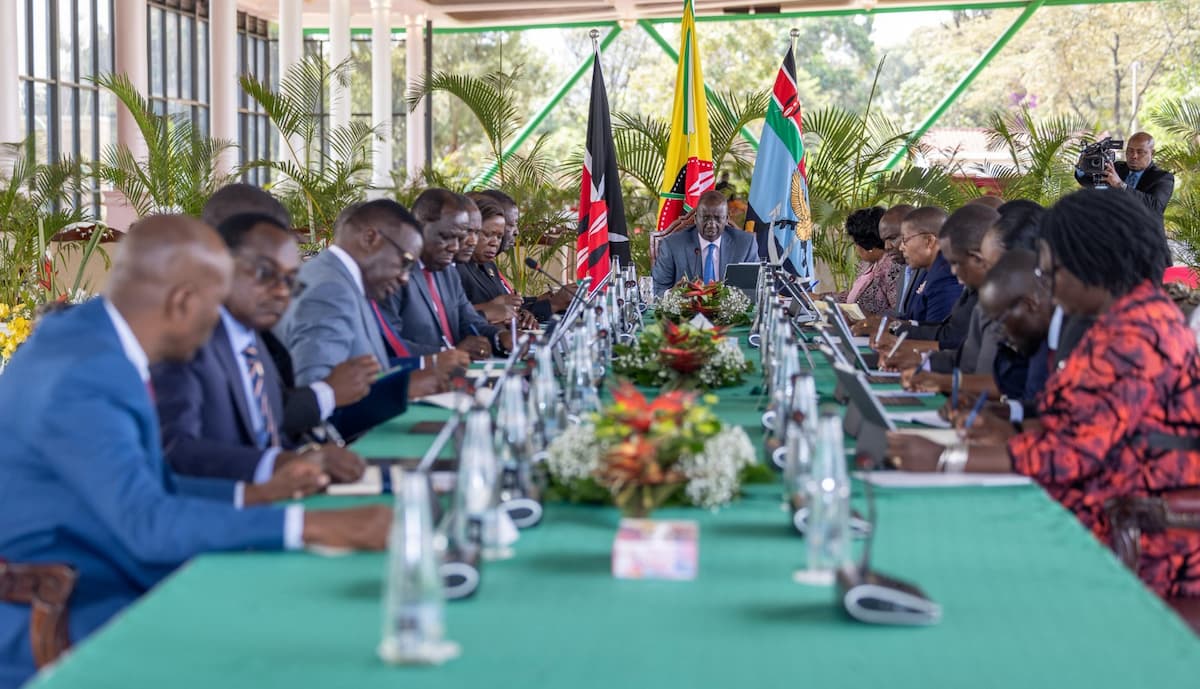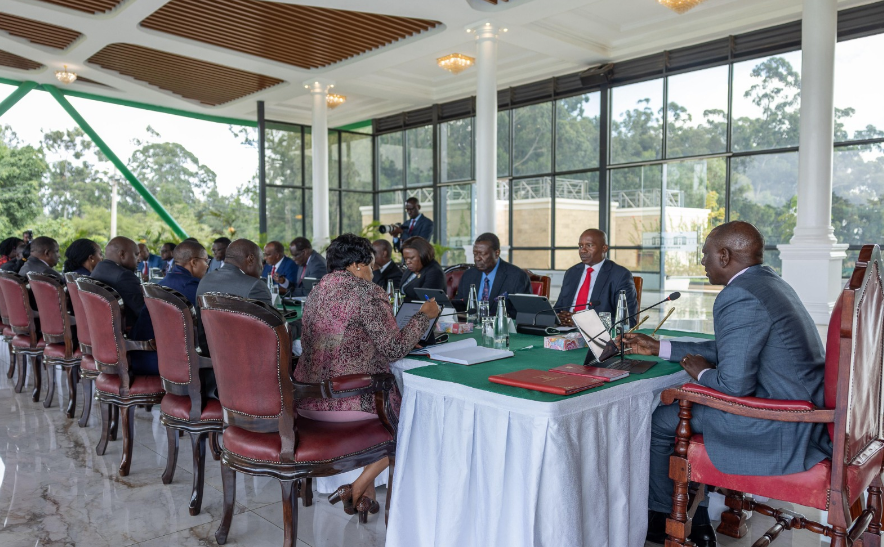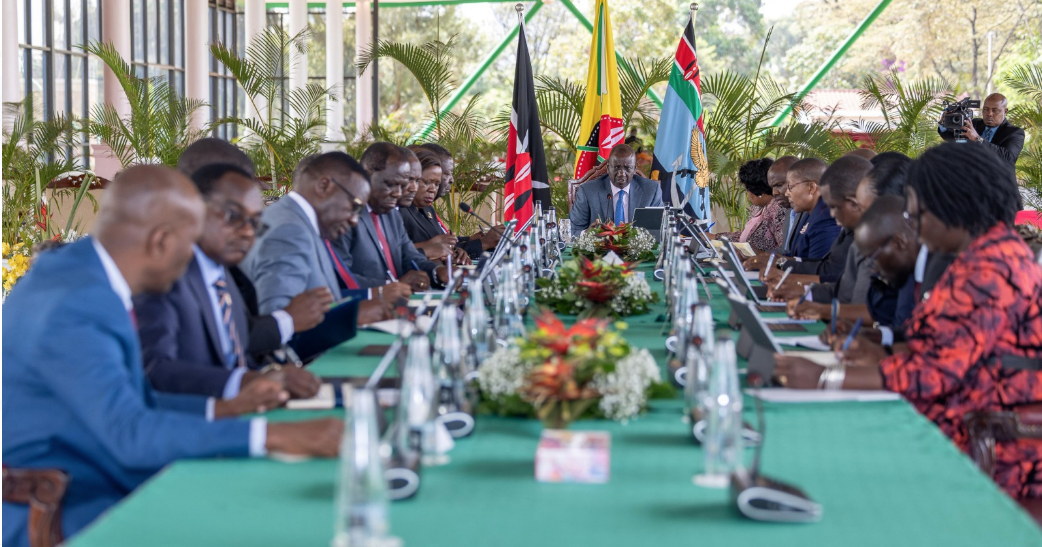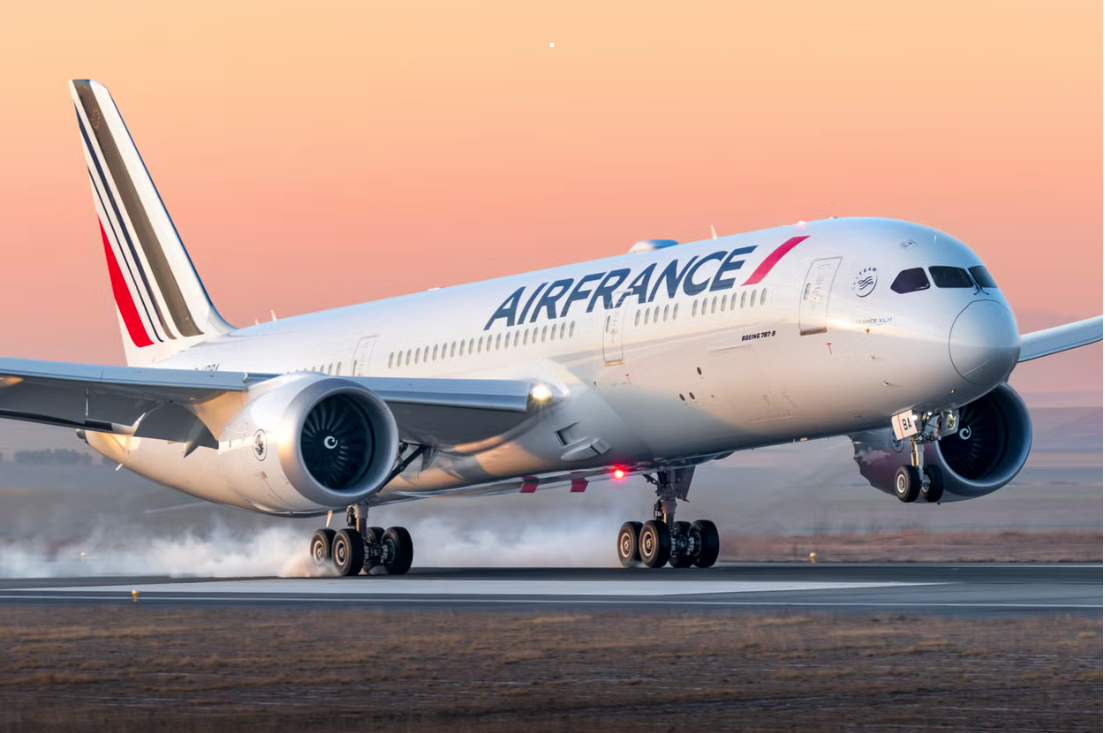DUBAI — Dubai welcomed 18.72 million international overnight visitors from January to December 2024, a 9% year-over-year increase that surpasses the previous record of 17.15 million in 2023, according to data from the Dubai Department of Economy and Tourism (DET).
Impactful local and international partnerships, creative and targeted global campaigns, and major events were among the key contributing factors that drove Dubai’s tourism sector to another record-breaking year in 2024.
Key infrastructure projects include the expansion of the Al Maktoum International Airport (DWC).
“Dubai’s remarkable tourism performance in 2024 reflects the sustained commitment and strategic efforts of our extensive network of partners and stakeholders,” said His Excellency Issam Kazim, CEO of the Dubai Corporation for Tourism and Commerce Marketing (Visit Dubai). “Our market strategy, built on bespoke and diversified campaigns, has been pivotal in showcasing Dubai’s diverse tourism offerings to the world, and we have leveraged strong partnerships with private and public sector organizations and individuals to enhance our global reach and promote Dubai as a leading hub for business, leisure, and innovation.”
He added: “As we aim to build on this momentum throughout 2025, we are committed to maintaining the highest standards of service and continuously innovating to exceed expectations, whether for tourists visiting for the first time, or for loyal repeat guests and residents exploring the city and enjoying its lifestyle offerings.”
NEW OPENINGS SPUR HOTEL SECTOR PERFORMANCE
Dubai’s hotels contributed significantly to the city’s performance. Spurred by a series of high-profile new openings – including, but not limited to, One&Only One Za’abeel, SIRO One Za’abeel, and The Lana Dorchester Collection – Dubai’s hotel inventory at the end of December 2024 comprised 154,016 total available rooms across 832 establishments, compared to 150,291 rooms at 821 establishments in 2023.
The pipeline of new properties includes the upcoming Jumeirah Marsa Al Arab and the Mandarin Oriental Downtown.
Performance on key hotel metrics remained strong in 2024, with average occupancy for the hotel sector growing to 78.2%, up from 77.4% in 2023, and occupied room nights rising to a high of 43.03 million, representing 3% growth compared to 41.70 million in 2023.
PROMOTIONAL CAMPAIGNS & EVENTS
Supported by key stakeholders and partners, DET’s creative global campaigns and in-market activities highlighted the city’s multi-faceted touristic appeal and kept Dubai top-of-mind for international tourists.
Global campaigns in 2024 included ‘Dubai, What’s Not To Love?’, which positioned the city as a destination of choice for winter. The latest campaign, ‘If You Go, You Know’, featured Dubai’s residents showcasing their favourite parts of the city.
Dubai’s unique gastronomy scene is a big driver for tourism, with thousands of establishments, from local hidden gems to internationally renowned brands.
Also of note, Dubai is among the top five safest cities in the world with a safety index of 83.7, according to findings revealed by Numbeo’s mid-2024 Safety Index by City rankings.
Some of the city’s biggest events in 2024 included the eighth edition of the Dubai Fitness Challenge, which attracted a best-ever 2.7 million participants, and the Dubai Shopping Festival, which celebrated its 30th edition.
Trade shows, industry exhibitions and MICE sector events attracting thousands of visitors and exhibitors in 2024 included GITEX Global, with 200,000 attendees, the highest in its 44-year history, as well as and Arabian Travel Market (46,000 attendees). Consolidating the city’s position as the world’s leading meetings destination, Dubai last year secured the hosting of 437 future events, driven by Dubai Business Events (DBE), part of DET and the city’s official convention bureau.
WHAT’S NEXT
Work has started on the new AED128 billion passenger terminal at Al Maktoum International Airport (DWC), which will be the largest in the world when fully operational and will ultimately enable the airport to handle a passenger capacity of 260 million annually.
Aligned with the Dubai 2040 Urban Master Plan and supporting initiatives to transform Dubai into a ‘20-Minute City’, Dubai Metro’s Blue Line extension will stretch 30 kilometres, connect 14 stations and serve an expected population of about one million people.
DET is also actively engaging with investors and operators in the hospitality space, to explore opportunities to bring more brands and offerings into the city, further diversifying the range of options available to visitors and residents, and across new and developing districts, including Palm Jebel Ali and Dubai South.
Dubai will also continue to leverage innovation and new technologies like AI and VR to create personalized and immersive experiences for new and repeat visitors. The Visit Dubai mobile app uses AI to offer tailored recommendations, while virtual tours allow tourists to explore attractions before their trip. AI is also being used for biometric hotel check-ins and automated immigration processes at DXB.
Source: Travel week






